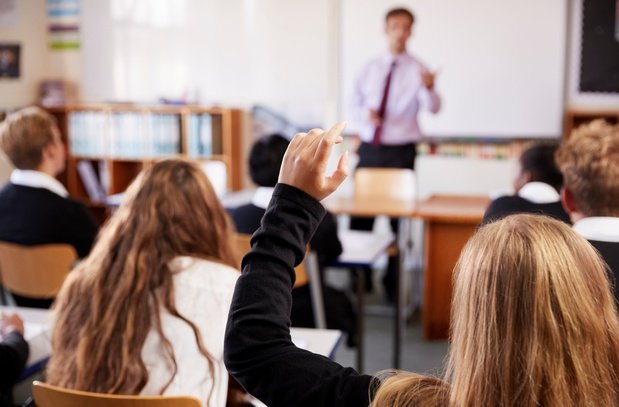Failure rates among Māori and Pacific students were highest, with 77 per cent of Pacific students and 71 per cent of Māori students failing numeracy.
In reading, 54 per cent of Māori students and 63 per cent of Pacific failed, and in writing 55 and 56 per cent failed.
By 2026, students will not gain their NCEA qualification unless they pass all three tests.
This year and in 2025, students may use alternative NCEA standards to meet the requirement, however Secondary Principals' Association president Vaughan Couillault told RNZ this can be a lot of work.
Couillault has said it’s time to rethink the literacy and numeracy co-requisites.
"I'd say that in general we're concerned about the co-requisites and the fact that it may be creating a larger problem than the one we were trying to solve regarding functional literacy and numeracy," he said.
Education Minister Erica Stanford, however, still has her foot placed firmly on the accelerator of reform in education, as she told Newstalk ZB.
“We put this literacy and numeracy assessment in three or four years ago, but did nothing at primary school, to change the trajectory of kids to get there.
“So just putting in a test, as we know, doesn’t change anything. You’ve got to do other things at the back end,” she said.
Stanford said she empathises with high school prinicpals, who are trying their very best to get kids over the line, when they are often coming in up to two years behind curriculum level.
“But we have to aim higher, we have to have aspiration for these kids that they can get there, and do everything we can to get them there.
“Because these are functional foundational literacy and numeracy assessments.
“These are not something you have to aim for to get to by the time you’re 15 or 16…by the time you finish intermediate, or start high school, that’s where they are aimed at,” she said.
The Government is aiming for 80 per cent of Year 8 students to be at or above curriculum level by 2030.














